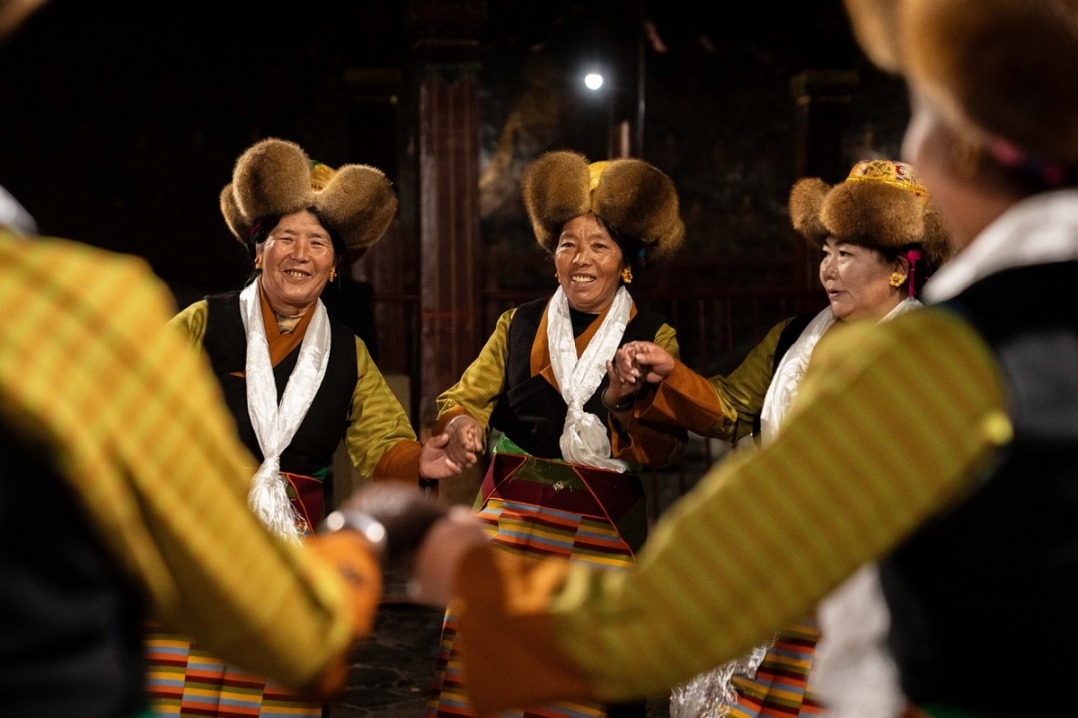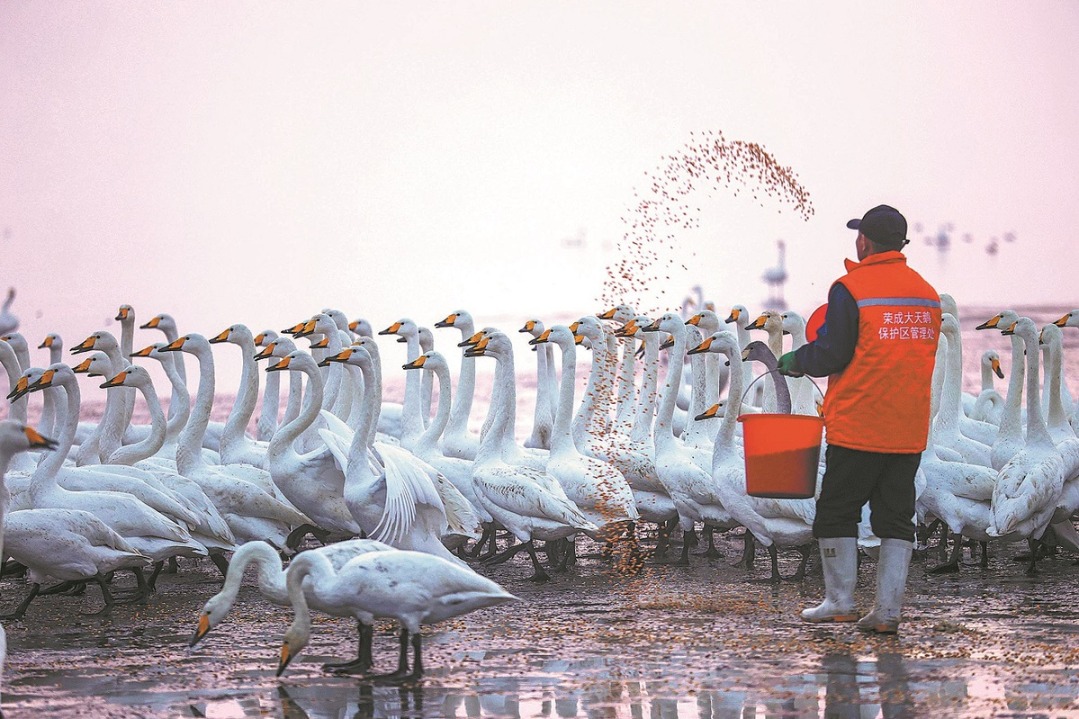12,000-yr-old rock painting found in NE China

HARBIN - Archaeologists have confirmed that a rock painting discovered in the Lesser Khingan Mountains in northeast China's Heilongjiang Province dates back 12,000 years.
Zhao Pingchun, researcher with the provincial institute of archeology, said that several images painted with ochre were discovered on a rock in the city Heihe. Preliminary studies showed that it is a scene of humans hunting.
Zhao said that archaeologists confirmed the images of three mammoths, which means the rock paintings were made before the extinction of the mammoth, or at least 12,000 years ago.
Meanwhile, archaeologists believe that the paintings were made by using fingers, not brushes, and with paints such as ochre.
"Ochre alone cannot be preserved on rock for such a long time. The paint is a mixture of ochre and animal glue, which has helped the artwork survive thousands of years," he added.
Liu Xiaodong, deputy head of the institute, said the discovery is important in the studies on life in the Lesser Khingan Mountains during the Palaeolithic period, and can provide information about human civilization in Heilongjiang and other parts of China.
Researchers are trying to identify more images in the rock painting.
- Xi, Macron hold informal meeting in China's Sichuan
- The 'Gyrfalcon' mounted police team safeguards grasslands in northern borderland of China
- Liaoning launches first province-level online book lending platform
- Annual Fairy's Day marked in Xizang
- Chinese, Cuban communist parties hold seventh theory seminar
- Full moon seen across China



































